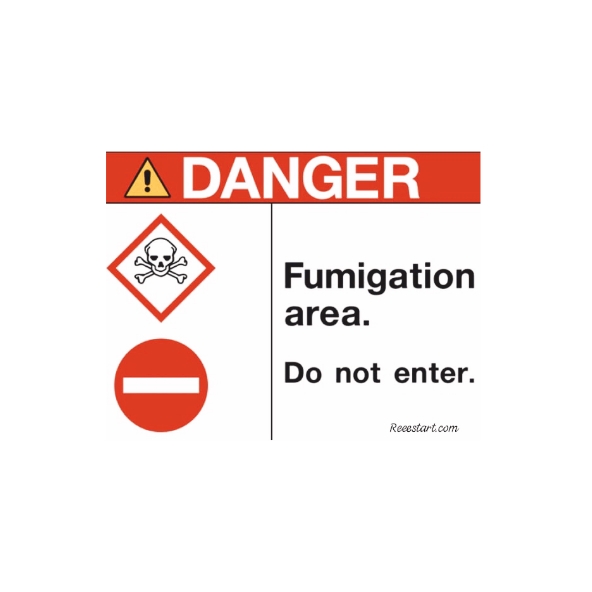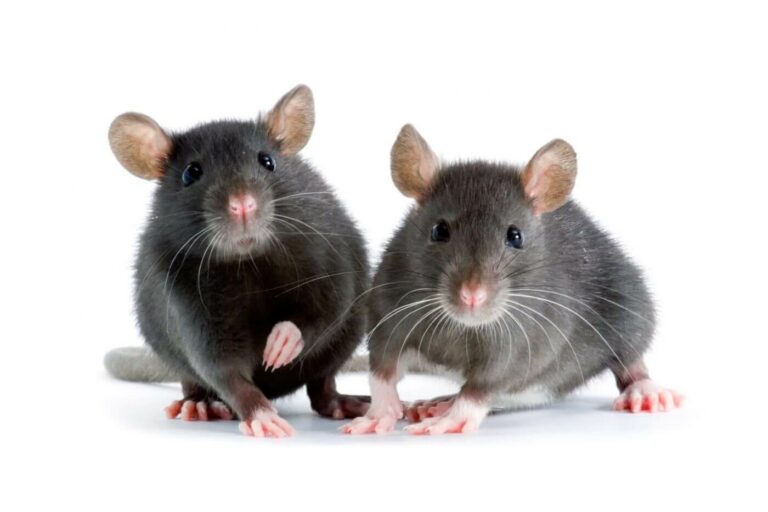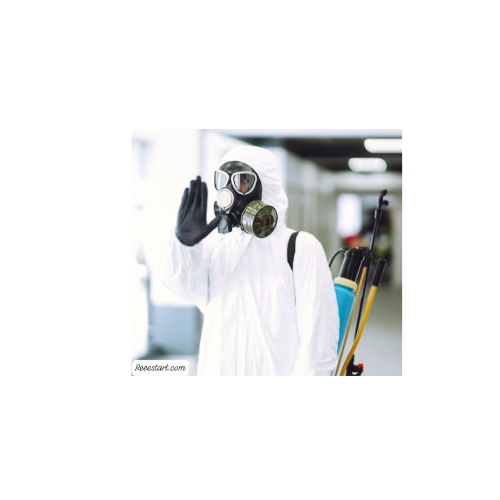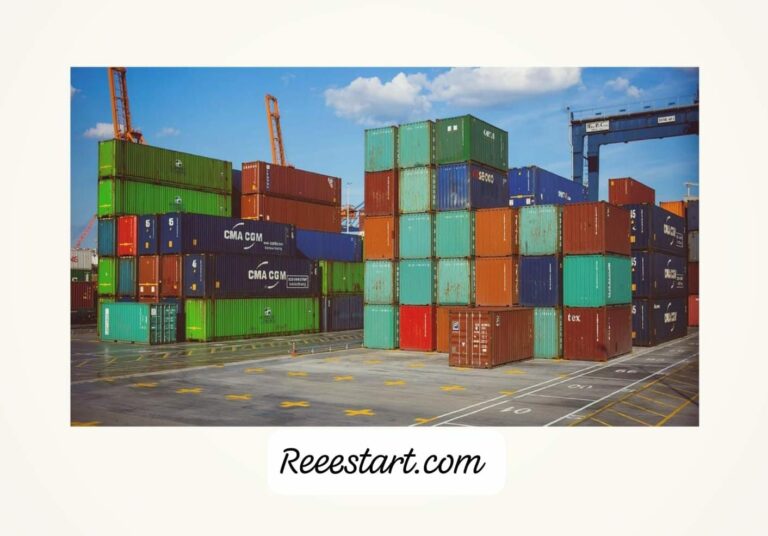In the following essay we will gocus on An Essential Guide to Fumigation with Aluminum Phosphide, While The devastating consequences of ineffective fumigation practices are clearly evident entire grain silos lost due to infestations of African grain beetles (Prostephanus truncatus), shipping containers quarantined in ports due to Trogoderma granarium larvae, and millions of dollars in losses when phosphine (PH₃) concentrations fall below lethal levels.
These failures are not inevitable—they result from improper scientific application, neglect of environmental factors, or failure to address the development of pest resistance.
Fumigation with Aluminum Phosphide
Fumigation with aluminum phosphide is a method of pest control that uses phosphine gas to eliminate insects and rodents in stored products and structures
Aluminum Phosphide 56% (AlP)
Remains the gold standard in fumigation for a good reason. Its unique chemistry—controlled release of phosphine gas, inert inhibitor materials, and its ability to adapt to diverse climates—makes it a vital tool in protecting global food systems. However, its effectiveness depends on precision.
A 10% deviation in the “Concentration-Time (CT) product” can determine the difference between eliminating rust beetles (Cryptolestes ferrugineus) or creating “superbugs” resistant to phosphine.
From the physics of phosphine gas kinetics to the economics of loss prevention, this guide equips agricultural engineers and pest control technicians with the tools needed to turn fumigation from a routine procedure into a strategic asset.
In a world where climate change accelerates pest spread and profit margins in supply chains shrink, mastering the use of Aluminum Phosphide 56% is not just a technical skill—it is a responsibility toward the food systems we rely on.
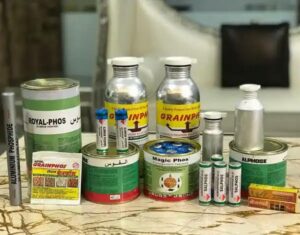
The Critical Role of Fumigation in Global Supply Chains
Aluminum phosphide (AlP) 56% pellets or tablets are a cornerstone of international pest control, safeguarding agricultural commodities, stored products, and shipping containers from destructive pests. With 30–40% of global food supplies lost annually to pests (FAO, 2023), fumigation is indispensable for maintaining trade compliance, minimizing financial losses, and ensuring food security. This guide details the use of 56% AlP formulations—the global industry standard—emphasizing regulatory adherence, safety, and efficacy.
Aluminum Phosphide 56%: Composition & Mechanism
AlP 56% tablets/pellets contain 56% active aluminum phosphide and 44% inert materials (ammonium carbamate, paraffin, or calcium carbonate). These additives:
- Slow the gas release for safer application.
- Generate ammonia (NH₃) or carbon dioxide (CO₂) as warning agents (PH₃ is odorless).
Reaction
Aluminum Phosphide + Water → Aluminum Hydroxide + Phosphine Gas
Pre-Fumigation Preparation
Site Assessment & Sealing
- Gas-Tight Enclosures: Use reinforced PVC tarps (500–1,000 GSM) for shipping containers or silos. Seal gaps with silicone-based adhesives.
Commodity Considerations
- Grain Absorption: PH₃ binds to organic matter, so increase dosage for high-moisture grains.
- Temperature: Ideal range is 15 to 35°C; below 10°C doubles exposure time.
Dosage Calculation for 56% AlP
Standard Rates:
- Grain Storage: 1–3 tablets (3g each) per metric ton (≈1.4 m³) = 2.1–6.3 g/m³ of 56% AlP.
- Shipping Containers: 15–30 tablets (45–90g) per 30m³ container.
PH₃ Concentration
- For 6g of 56% AlP per cubic meter, you get approximately 1,200 ppm of PH₃ during the initial release.
- Formula:
PH₃ (in ppm) = (Amount of Aluminum Phosphide in grams) × 0.56 × 34 / (58 × Volume in cubic meters)
Application Protocols for 56% Tablets
- Safe Placement Strategies
- Grain Silos: Distribute tablets via probe tubes at 1–2m intervals.
- Shipping Containers: Hang perforated bags from ceiling hooks for uniform dispersion.
Safety During Application
- PPE Requirements:
- Respirators with PH₃-specific cartridges (OSHA-approved).
- Chemical-resistant gloves, goggles, and coveralls to prevent skin contact.
Team Protocols
- Work in pairs for emergency readiness.
- Limit exposure time to less than 15 minutes per application session.
- Ventilation: Evacuate immediately after pellet placement and seal the structure.
Monitoring Gas Concentration & Exposure Dynamics
- Real-Time Monitoring
- Tools:
- Electrochemical sensors (e.g., Dräger X-am® 5000) for continuous PH₃ measurement (0–2,000 ppm range).
- Colorimetric tubes (e.g., Kitagawa 800) for spot checks.
Frequency
- Check every 2–4 hours for the first 24 hours, then twice daily.
- Monitor multiple zones (top, middle, bottom) in grain silos or containers.
Adjusting for Environmental Factors
- Low Temperatures (<15°C):
- Use double-layered tarps to retain heat.
- Extend exposure time by 50–100%.
- High Humidity (>70%):
- Accelerates PH₃ release; reduce initial dosage by 10–15% to avoid overshooting safety limits.
Exposure Period & CT Product Optimization
CT Product (Concentration × Time):
- Target:
- 150–300 ppm-days
(e.g., 200 ppm sustained over 5 days = 1,000 ppm-days).
- 150–300 ppm-days
- Pest-Specific Requirements:
- Sitophilus granarius (grain weevil): 150 ppm-days.
- Tribolium castaneum (red flour beetle): 300 ppm-days.
Temperature Adjustments
- At 10°C, double exposure time (e.g., 10 days instead of 5).
- At 30°C, halve exposure time (e.g., 3 days).
Post-Fumigation Aeration & Safety Clearance
Aeration Protocols
- Ventilation Duration:
- 24–48 hours for grain silos using high-capacity fans.
- 72 hours for tightly sealed shipping containers.
- Safety Threshold
PH₃ levels must be less than 0.3 ppm (OSHA PEL) before re-entry.
Residue Management
- Spent Tablets:
Collect aluminum hydroxide residues (non-toxic but regulated). - Disposal: Follow local hazardous waste guidelines (e.g., EPA 40 CFR Part 262).
Regulatory Compliance in Global Trade
- International Standards
- ISPM 15: Mandates fumigation of wood packaging materials to prevent pest spread.
- Phytosanitary Certificates: Required for export; proof of compliant fumigation.
- EPA & EU Regulations: 56% AlP is approved under EPA PRN 98-1 and EU Annex I.
Documentation
Maintain logs of:
- Dosage, PH₃ concentrations, and exposure times.
- Aeration results and safety clearances.
Role of Fumigation in Supply Chain & Loss Prevention
Economic Impact
- Loss Mitigation:
Prevents $220 billion/year in global agricultural losses (FAO, 2023). - Avoids Rejected Shipments: For example, China’s strict quarantine on Trogoderma granarium.
Import/Export Best Practices
- Pre-Shipment Fumigation: Reduces delays at ports (e.g., U.S. CBP requires 24-hour advance notice).
- Use GPS-sealed Tarps: Ensures tamper-proof compliance.
Storage & Handling in the Supply Chain
- Safe Storage of 56% AlP Tablets
- Conditions: Store in cool (<30°C), dry, and ventilated areas away from acids or moisture.
- Regulatory Compliance:
- Store in UN-approved containers (e.g., DOT 4G fiberboard boxes).
- Label with “DANGER – MOISTURE RELEASES TOXIC GAS.”
Transportation Guidelines
- IMO/UN Class 4.3: Hazardous material requiring “Dangerous Goods” declaration.
- Leak Prevention: Use sealed pallets and moisture-resistant packaging.
Training & Certification
- Mandatory Programs:
- FAO’s Phosphine Fumigation Training:
- Covers dosage, monitoring, and emergency response.
- NFPA 704 Certification: Required for handlers in the U.S.
Key Skills
- Gas detection, structural sealing, and regulatory documentation.
- Emergency Response & First Aid
- 1. PH₃ Poisoning Symptoms
- Acute Exposure: Headache, vomiting, pulmonary edema (lethal above 50 ppm).
- Chronic Exposure: Liver/kidney damage.
First Aid Protocol
- Immediate Action: Evacuate to fresh air.
- Administer 100% Oxygen if available (per WHO guidelines).
- Medical Treatment
- Chelation therapy for severe cases (rare).
Safeguarding Global Trade Through Precision Fumigation
- Aluminum phosphide 56% remains indispensable for protecting commodities worth $1.5 trillion annually in global trade.
- Success hinges on:
- Strict adherence to CT product targets (≥200 ppm for 5 days).
- Compliance with ISPM 15, EPA, and EUROPHYT standards.
- Investment in certified training and advanced gas monitoring tools.
Final Note:
In an era of climate-driven pest proliferation (e.g., Fall Armyworm), robust fumigation protocols are not just best practice—they are a competitive necessity.
References
- FAO. (2023). Global Food Losses and Waste.
- EPA. (2022). Aluminum Phosphide Reregistration Eligibility Decision.
- WTO. (2021). International Standards for Phytosanitary Measures.
- For site-specific compliance, consult local regulators and product SDS.
This guide equips pest control professionals, exporters, and logistics managers to mitigate risks, ensure compliance, and protect global supply chains from catastrophic losses.

Professional Fumigation Services in Dubai & Sharjah – Pest Control Solutions for Warehouses, Shipping, & Supply Chains
Gas Fumigation & Supply Chain Pest Control by Eng. Mahmoud El Beltagy
Protecting Your Goods, Facilities, and Reputation
Pests in the supply chain or storage facilities can lead to massive financial losses, regulatory penalties, and damaged client trust. As a certified pest control expert, I, Eng. Mahmoud El Beltagy, specialize in advanced gas fumigation services and supply chain pest management to ensure your goods, warehouses, and logistics operations remain pest-free, compliant, and fully operational.
Specialized Services for Dubai & Sharjah
1. Gas Fumigation Services
Comprehensive Fumigation: Advanced gas treatments for warehouses, shipping containers, silos, and cargo to eliminate pests at all life stages.
Phosphine & Eco-Friendly Gases: Safe, regulated use of fumigants to protect perishables, raw materials, and high-value goods.
Compliance Assurance: Meet international export/import standards (e.g., ISPM 15) and local regulations for fumigation certifications.
Pre- & Post-Fumigation Inspections: Detailed risk assessments and documentation to ensure total eradication and audit readiness.
2. Supply Chain & Logistics Pest Control
Infestation Prevention: Protect inventory, exports, and deliveries with proactive pest management strategies.
Storage Facility Solutions: Tailored treatments for cold storage, warehouses, and distribution hubs to safeguard goods from rodents, insects, and stored-product pests.
Emergency Response: Rapid containment of outbreaks to minimize downtime and supply chain disruptions.
Integrated Pest Management (IPM): Sustainable, data-driven approaches combining monitoring, exclusion, and targeted treatments.
Why Choose Eng. Mahmoud El Beltagy?
✅ Licensed & Certified: Fully compliant with Dubai and Sharjah’s strict fumigation and safety regulations.
✅ Supply Chain Expertise: Proven solutions for food, pharmaceuticals, textiles, and logistics industries.
✅ Advanced Technology: Use of cutting-edge fumigation equipment and pest monitoring systems.
✅ Eco-Conscious Practices: Minimize environmental impact with precision gas dosing and eco-friendly alternatives.
✅ 24/7 Support: Reliable emergency services to keep your operations running smoothly.
Contact Me Today for Unmatched Fumigation & Supply Chain Protection
📞 Phone: +971 54 590 7291
📧 Email: Mahmoud_albaltage@yahoo.com
🌐 Website: reeestart.com
For direct WhatsApp communication, click the icon below to message me instantly.
Company Name:
PIPM Pest Control Services
Municipality Approved & Licensed Professional
Your Partner in Safe, Efficient Fumigation & Logistics Pest Management
With my expertise, your goods and facilities will stay pest-free, compliant, and ready for global markets. Let’s secure your supply chain today!
#GasFumigation #SupplyChain #FumigationServices #WarehouseFumigation #PestControlDubai #PestControlSharjah #LogisticsPestControl #PhosphineFumigation #ISPM15 #ExportCompliance #PestFreeStorage #EcoFriendlyFumigation #SupplyChainProtection

